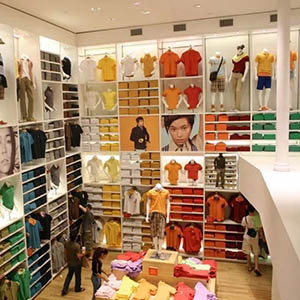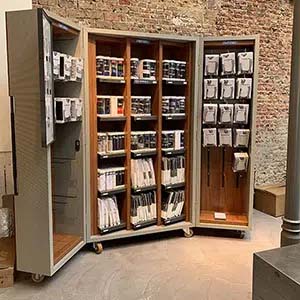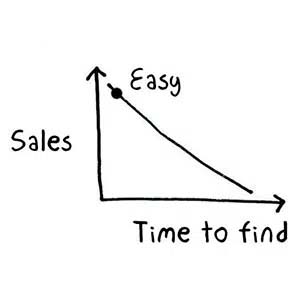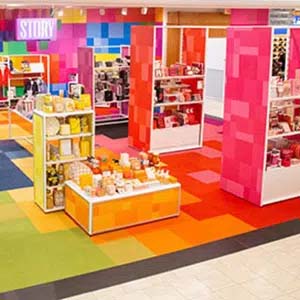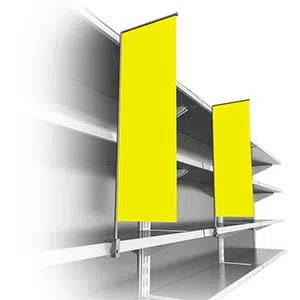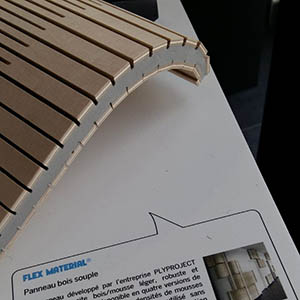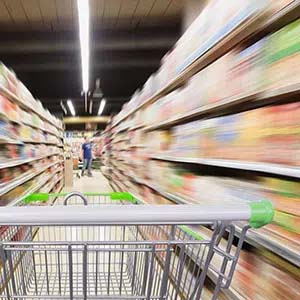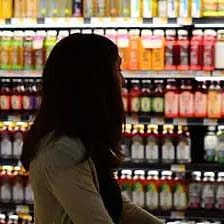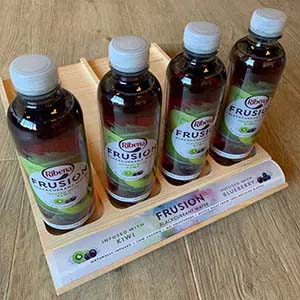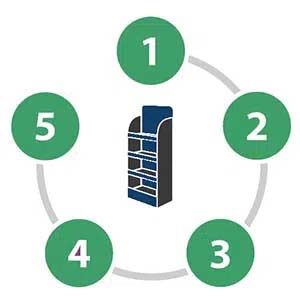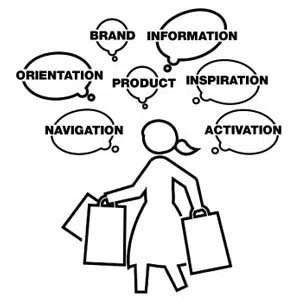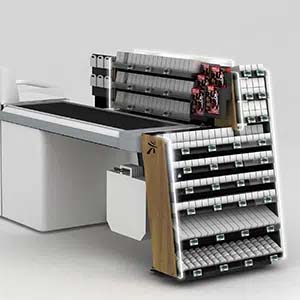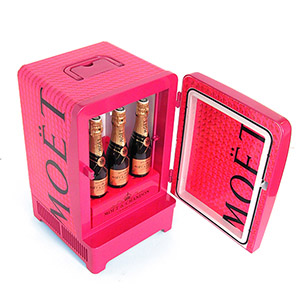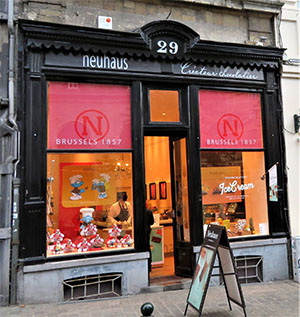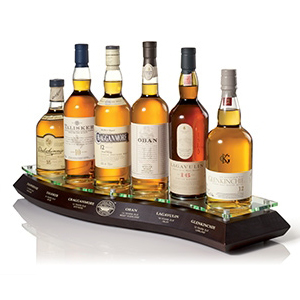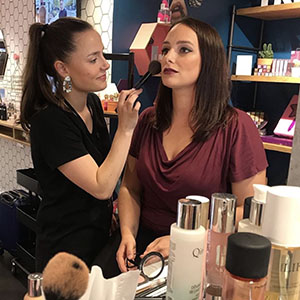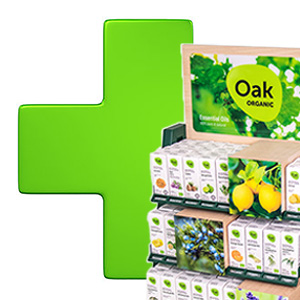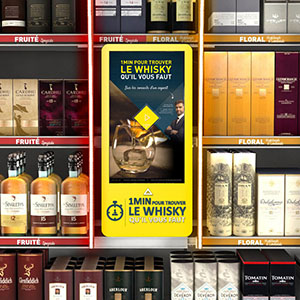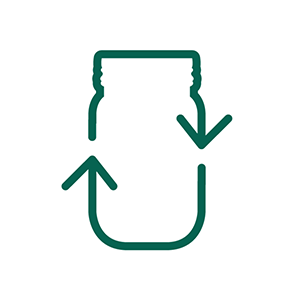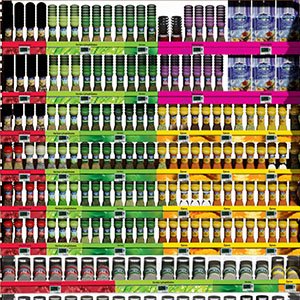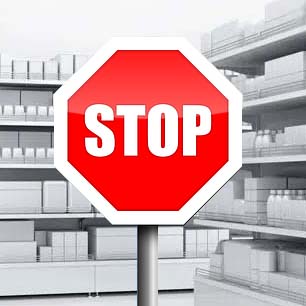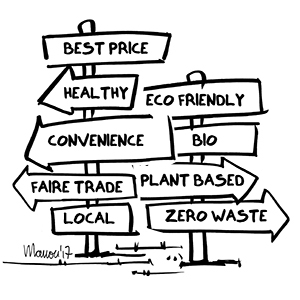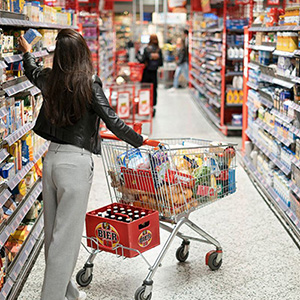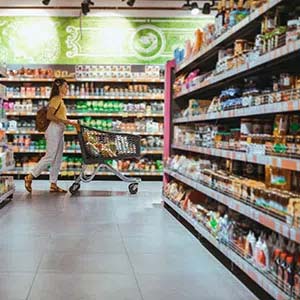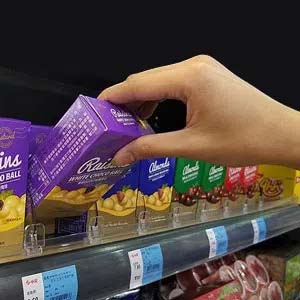Stimulate retail sales with facing
1300 words
#PrimaryPlacement #VisualMerchandising #ShopperExperience #Retail
April 2025 — bh

In retail, in supermarkets, hypermarkets and other self-service stores,product presentation is key to sales success. One powerful practice to increase product visibility on the shelves is through facing. With effective facing, stores and brands can significantly increase their sales.
But what exactly is facing, and why is it so important for sales?
Specializing in the design of commercial furniture, displays, and merchandising solutions intended for retail and stores, Pilotes offers 100% customized point-of-purchase materials tailored to the in-store projects of brands and retailers. Because we care about the climate and environment, we analyze the lifecycle of each project to avoid, reduce, and offset its impact 🌍🌿
Do you have a project planned? Contact us and let’s bring your vision to life together!
What is facing?

Facing primarily refers to the appearance or the visible front of a product on the store shelf. The more times a product is placed next to itself, the more facings it has – and the more shelf space it occupies. Whether it’s placed once or multiple times, we refer to this as one or multiple facings.
But facing is more than just a unit of measure. It also refers to the strategic practice of organising, arranging and presenting products in a way that makes shelving effective.
This includes fronting, or pulling products to the front edge (or nose) of the shelf to ensure a clean and fully stocked appearance.
Why is facing important?
In supermarkets and other self-service stores, where thousands of products coexist, the competition for the customer’s attention is intense, and most choices are made unconsciously or in a rush. An effective facing allows a product to stand out on often crowded shelves, thereby increasing its chances of being chosen.
For shoppers, a well-facilitated facing makes the experience easier: products are easier to find, easier to compare, and visually more appealing. A tidy, well-filled shelf conveys abundance and builds trust in the store.
For brands and manufacturers, facing increases product visibility, encourages impulse purchases, and strengthens brand recognition. This is especially crucial for products where purchase decisions are made on the spot – which is the case in many categories. Products given more space on the shelf are often – consciously or unconsciously – perceived as more popular, premium or desirable.
Number of facings and sales go hand in hand

There is a clear link between facing and sales. Studies show that doubling the number of facings can increase sales by an average of 20%. This effect is also known as shelf elasticity – the degree to which product demand grows or declines as shelf space increases or decreases.
Not every product benefits equally from added visibility in every context. And the positive effect of additional facings only applies up to a certain point. Beyond the saturation threshold, extra facings provide little to no added value. Shelf elasticity therefore depends on the initial situation, the type of retail outlet, the category, and also on the role that seasonality and promotions play in consumer behavior.
How to optimise facing?

A good facing strategy is built on a few key principles:
1. Fronting = visual impact
Make sure products are neatly aligned, both in width and depth. This creates the impression of a full and well-organized shelf. Empty spots or messy presentations can disrupt the store image, harm the customer experience, and immediately impact sales.
Pushing products to the front of the shelf – also known as facing or fronting – ensures a clean, attractive presentation. At the same time, products are rotated so that their front side is clearly visible to the customer. This is especially important for round packaging.

Facing the shelves is a daily routine for store employees, who must not only maintain order but also ensure proper stock rotation. Products with the shortest shelf life are always placed at the front, so they are sold first. Products that are expired or nearing their expiration date are handled according to the guidelines.
The risk of visual inconsistencies – as well as the workload – is high with small or irregularly shaped packages (e.g., cosmetics, spices, chewing gum, chocolate bars). These product ranges benefit the most from tailored display and merchandising solutions offered by brand manufacturers to retailers. Think of customized racks or shelved modules with shelf dividers, pusher systems, or gravity-fed shelves. These POP solutions keep products neatly aligned automatically and save valuable staff time.
Related article > Retail Shelving: the Merchandising Techniques and Solutions2. Gaze level = buy level
Place strategic products at gaze and grab height (between 120 and 170 cm, with the top location just below eye level). That’s where customers look first – and make decisions the fastest. Products placed higher or lower receive less attention, unless the customer is specifically looking for them (like sugar, for example).
But there’s more! Most shoppers tend to look at the middle of the shelf first. If they don’t make a purchase decision right away, right-handed people usually look to the right next. Then they scan the other side, eventually returning to the center.
Although other factors may play a role, stores ideally reserve top shelf space for bestsellers, new items, or brand anchors (popular products that drive the category and create visibility).
3. Inventory management as a key factor

An empty spot on the shelf – an out-of-stock – is one of the biggest frustrations for customers and a major lost sales opportunity. For fast-moving products, it makes sense to allocate more facings. Take into account the order unit (e.g. 12 units per box), so the entire box can be shelved at once. This saves time and optimises stock handling.
Related article > The planogram explained4. Integrate facing into a category approach
A good facing varies by product segment, just like the shopper’s viewing and search behavior of shoppers. Facing should not be considered in isolation, but rather as part of a broader category approach. By combining it with pricing strategy, promotion planning, product rotation and buying behavior, you create an integrated system that improves shopper satisfaction and increases revenue.
For example, fast-moving consumer goods like biscuits or canned foods often benefit from a larger facing to strengthen their presence, while highly perishable items such as fruits and vegetables require frequent rotation to ensure freshness.
Conclusion
Facing is about more than just aesthetics – it is a practice that influences buying behaviour and drives sales. With smart organisation, rigorous shelf management, and effective presentation and merchandising solutions, retailers, manufacturers, and point-of-purchase experts can optimise every square centimetre of retail space, meet buyer expectations, and help brands shine at the crucial moment of purchase decision-making.
Discuss your POS projects with us. Rely on our team of professionals for 100% custom solutions. We’re here for you – with a hands-on, practical approach. Contact us today and let’s bring your vision to life.
